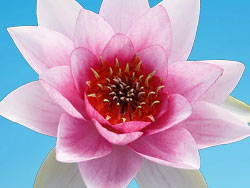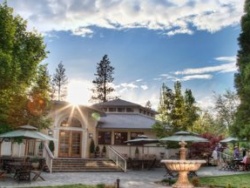- This event has passed.
The following article is excerpted from the book, “The Sky and Earth Touched Me,” by Nayaswami Bharat. The book includes exercises that can calm and internalize your awareness and inspire you to become immersed in nature’s joyful presence.
Living in Oneness
We aren’t merely observers of natural beauty. Because our souls contain the whole world, everything we observe in nature is a part of us. People enjoy being in nature because there they see ennobling qualities they want for themselves. In its myriad forms, nature helps enrich and expand us.
Richard Jefferies, the English poet, spoke of everything in nature —a flower, a lake—as “touching him and giving him something of itself.” He “spoke to the sea… and desired its strength.” He addressed the sun, and consciously drew upon the soul equivalent of its light. He looked at the sky, gazed into its depths, and felt the “blue sky drawing his soul toward it, and there it rested.”
An All-Pervading Benevolence
I n 1887 Sir Francis Younghusband, then a young British military officer, was asked by his superiors to travel from Beijing, China to India by way of the Gobi desert and the Himalayan Mountains. Since Younghusband did not share a common language with his guides, he spent day after day essentially alone in the silent wilderness. It was a daring and dangerous journey for the first European to successfully cross the world’s largest desert and highest mountain range, but for him there was an even more important discovery, which he described as follows:
n 1887 Sir Francis Younghusband, then a young British military officer, was asked by his superiors to travel from Beijing, China to India by way of the Gobi desert and the Himalayan Mountains. Since Younghusband did not share a common language with his guides, he spent day after day essentially alone in the silent wilderness. It was a daring and dangerous journey for the first European to successfully cross the world’s largest desert and highest mountain range, but for him there was an even more important discovery, which he described as follows:
“To enable my eight camels to feed by daylight, I used to start at five o’ clock in the afternoon and march till one or two in the morning…. The sunset glow would fade away. Star after star would spring into sight till the whole vault of heaven was glistening with diamond points of light….
“I knew that the number of stars, besides those few thousands which I saw, had to be numbered in hundreds of millions. But it was not the mere magnitude of this world that impressed me. What stirred me was the Presence, subtly felt, of some mighty all- pervading Influence which ordered the courses of the heavenly hosts and permeated every particle.
“We cannot watch the sun go down day after day, and after it has set see the stars appear, rise to the meridian and disappear below the opposite horizon in regular procession, without being impressed by the order which prevails. We feel that the whole is kept together in punctual fashion, and is not mere chaos and chance.
“The presence of some Power upholding, sustaining, and directing the whole is deeply impressed on us. And in this Presence so steadfast, so calm, so constant, we feel soothed and steadied. Deep peace and satisfaction fill our souls.”
Forest Bathing
When we walk through a forest, nature’s benevolence flows into us as sunshine flows into trees. Beneath soaring pines and giant, spreading oaks, one’s thoughts naturally turn expansive and harmonious.
Forest Bathing, or Shinrin-yoku, is the Japanese practice of going to the forest to receive mental and physical healing. I first learned about Forest Bathing in the Japanese Alps years ago. Forest plants emit essential wood oils and airborne chemicals to protect themselves from insects and decay. Studies show that forest aromas benefit humans as well. Researchers have discovered that “forest bathing” reduces stress, lowers blood sugar, increases concentration, improves immunity and vitality, and even has anti-cancer benefits.
All cultures recognize that trees uplift the human spirit. To ancient people, trees were channels for the gods; forests were mankind’s first temples and sanctuaries.
Trees, living high in the sky, receive 95% of their sustenance from the atmosphere. Drawing nourishment from the sun and sky, trees express a divine benevolence. Buddhist scriptures speak of the unlimited kindness of trees: how they give generously, and offer protection and shelter to all beings.
******
Find a beautiful place in the forest and reflect on the following: “All terrestrial things are essentially celestial.” (John Muir) This is especially true for trees. In what ways do trees and forests inspire you? What noble qualities do you feel trees express?
“To know trees,” Muir said, one “must be as free of cares and time as the trees themselves.”
The Grandfather Tree
A gardener once introduced Katie to a mature oak inhabiting his garden. He called the elderly tree “Grandfather.” A few days later, Katie told me, she was walking past Grandfather Tree “when I sensed him calling to me.”
“I went over to Grandfather, sat down, and leaned against his trunk,” said Katie. “At first, it seemed strange to try to communicate with a tree, but once I stopped thinking, I knew what to do. After a few minutes, I felt a protective, fatherly feeling coming from the tree. I thanked the tree and sent him loving energy in return. When I left the Grandfather Tree, I felt I was welcome to visit him whenever I needed to.”
On a subsequent visit, I asked the tree, “Grandfather, how do you experience God?”
At first, my own thoughts answered for him, but after these thoughts quieted down, I felt his answer: “Love.” Warm, gentle love came emanating from Grandfather Tree into my body and I was able to experience the way that he experienced love.
Then Grandfather said that All of nature is love. Everything is love. And it is all One. I experience this love continuously. All nature—the flowers, the trees, the rivers—want to share in this love with us. The flowers want us to stop for a moment and give them our loving touch. The trees want us to stop and share in a moment of stillness. They want to smile at us and for us to smile back, but we never stop to look upon their shining faces. We must open our hearts and eyes to see the gifts of life around us. If we do, Grandfather said, “We will be able to remember our oneness.”
Three weeks have past since Katie’s talk with Grandfather. Katie said that now, wherever she goes, she feels a wondrous love and rapport with nature. Love one another, Katie says, “means to love not only the human race, but all existence.”
In Love with the World 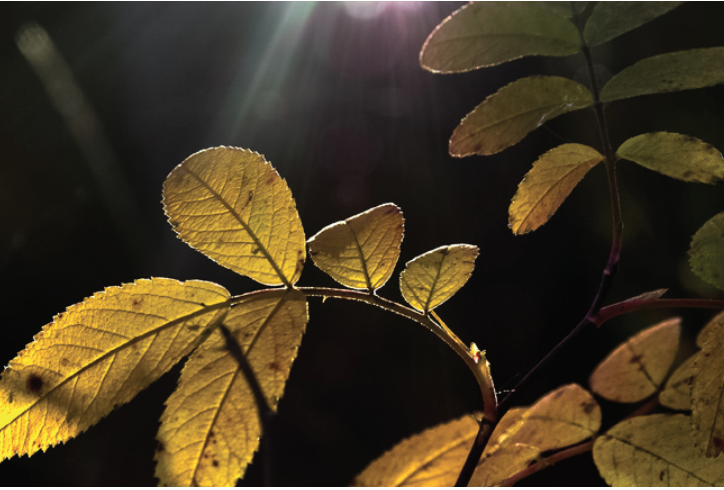
Sir Francis Younghusband tells about a later visit to Tibet: “After arrival in camp I went off into the mountains alone. It was a heavenly evening. The sun was flooding the mountain slopes with slanting light. Calm and deep peace lay over the valley below me
—I seemed in tune with all the world, and all the world seemed in tune with me.
“After the high tension of the last 15 months, I was free to let my soul relax. So I let it open itself out without restraint. And in its sensitive state it was receptive of the finest impressions and quickly responsive to every call. I seemed to be truly in harmony with the Heart of Nature.
“And my experience was this—I had a curious sense of being literally in love with the world. I felt as if I could hardly contain myself for the love which was bursting within me. It seemed to me as if the world itself were nothing but love. “My experience was no unique experience. It was an experience the like of which has come to many men and women in every land in all ages. It may not be common; but it is not unusual.”
Harmony Runs through All Life
The sun and trees are beautiful symbols for the benevolent presence that pervades creation. Harmony is the unifying principle of life, and when we cooperate with the flow of life, we unite with the stream of love that animates all beings.
Plants and animals show cooperative behavior
John Muir disagreed with advocates of Darwin’s evolutionary theory who emphasized only the strife and competitiveness in nature.
Forest ecologists have discovered that plants don’t behave as individuals competing with each other. Trees are united with other trees through their root system underground and share nutrients depending on which tree most needs them. In one experiment researchers draped shaded cloth completely over one tree so that it couldn’t produce food from the sunlight. The scientists discovered that nearby trees gave the shaded tree the nutrients it needed through a spidery network of mycelia, or living fungi cells.
The 19th century Russian scientist, Peter Kropotkin, eagerly sought proof of evolution’s “survival of the fittest” premise in eastern Siberia. To his surprise, the young scientist discovered that the most successful animals weren’t the most competitive ones, but those who coped with the harsh environment primarily through cooperative behavior. Applying his Siberian experience to humans, Kropotkin asked rhetorically, “Who is the fittest: those who are continually at war with one another, or those who support one another?”
Nearly every traditional society operates on the basis of highly cooperative relationships, and in most traditional cultures over- competiveness is viewed as a sign of insanity.
Once a class of Navajo children taught their Anglo-American teacher a valuable lesson in human relations. During the teacher’s first week at their school, he asked one of the Navajo students to answer a simple question. The young boy couldn’t answer correctly, so the teacher asked if anyone else knew the answer. The other Navajo children, however, stared straight ahead and wouldn’t respond.
The teacher was puzzled by their silence because he felt that most of the students knew the answer. Later, the teacher learned why no one had raised his hand: the young Navajos didn’t want their classmate to lose face. Their friend’s well-being and self- confidence were far more important to them than impressing the teacher.
Life Responds in Kind 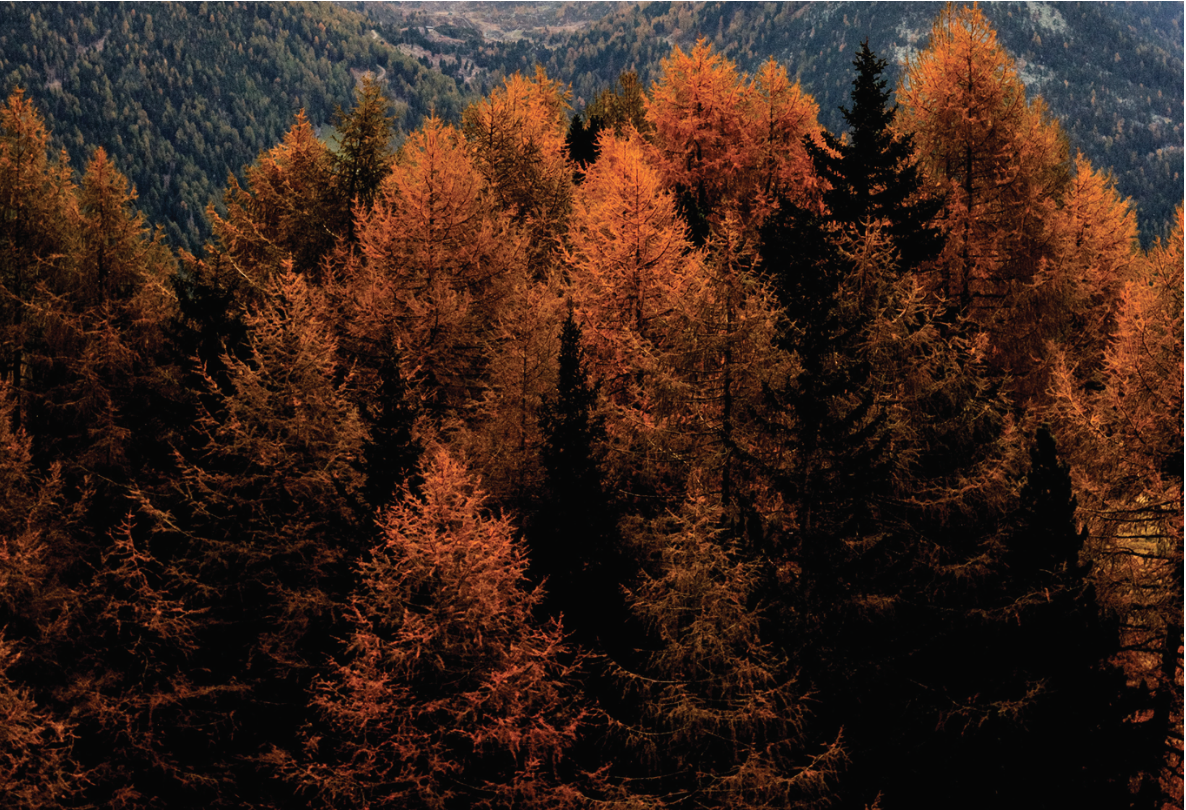
If we honor the sacredness of life in all beings, we will perceive harmony everywhere because life will respond in kind. “A beautiful soul dwells always in a beautiful world.” (Ralph Waldo Emerson) While meditating outdoors, I have had animals approach me many times. Once a large male deer was sitting quietly in front of me. Later, during my meditation, I began to visualize and bless the deer. Immediately, the deer stood up and came over and gazed intently at me from two feet away for twenty minutes. He sniffed once, to let me know he was standing there. Another time while camping in the Cascade Mountains, I entered a small subalpine valley filled with shallow, bubbling streams and wildflowers. The feeling of bliss in the valley was so palpable, so thrilling, that I had to drag myself away when it was time to leave.
Finding Wholeness within Ourselves
Doing things not only for nature but with the spirit of nature is one of Sharing Nature’s central principles. To convey nature’s spirit to others, it’s necessary first to deeply experience nature ourselves. Awe, reverence, timelessness, and wholeness are qualities people report feeling while visiting natural areas. Nature’s purity helps us expand our awareness and touch wholeness within ourselves.
Richard St. Barbe Baker, forester and earth healer, had an experience in an English wood that set the course for his life. At the age of five, after much coaxing on his part, St. Barbe convinced his nurse to let him walk alone in the woods for the first time: I set out on that greatest of all forest adventures….. Soon I was completely isolated in the luxuriant, tangled growth of ferns which were well above my head. I became intoxicated with the beauty all around me, immersed in the joyousness and exultation of feeling part of it all…. At that moment my heart brimmed over with a sense of unspeakable thankfulness which has followed me through the years since that woodland rebirth. Twenty-five years later St. Barbe’s passion for trees led him to Kenya in 1920, to begin his social forestry work that encouraged local people to reforest their land. Through his international organization, Men of the Trees, St. Barbe was responsible for planting 26 trillion trees. His rapport with nature enabled him to inspire countless thousands to re-green the earth.
Two Ways of Seeing the World
In the modern worldview, consciousness and soul are seen to exist only in human beings. Generally speaking, the modern mind separates itself from the encompassing world. In the primal worldview, consciousness and “soul pervade all of nature and the cosmos, and a permeable human self” freely bonds with its larger world.
“To ancient thinkers, soul was the mysterious force that gave life and breath to the myriad of the earth’s creatures. Later, theologians restricted the possession of a soul to human beings.” The modern view that humans are alive and everything else is dead (or dimly aware), has justified mankind’s abuse of his greater environment.
Life’s “Joyous Inseparable Unity”
Those who perceive Nature’s underlying harmony and benevolence have tremendous impact on others. John Muir was one of the most effective voices for conservation the world has ever seen. His effectiveness sprang from his experience of life’s “joyous inseparable unity.” When Muir spoke of his encounters with wild animals, trees, and mountain storms, his listeners said it felt as if they were actually there.
Robert Underwood Johnson, a leading conservationist of Muir’s day, spoke of the tremendous influence Muir had on everyone. Johnson said, “Muir’s writings and enthusiasm were the chief forces that inspired the conservation movement. All other torches were lighted from his.”
******
The purity of nature brings out the purity in us. Birds, stones, and flowering trees don’t have egoic awareness. The lack of ego- affirmation in nature is the reason we feel peaceful in wild places. “I think I could turn and live with the animals; they are so placid and self-contained.” (Walt Whitman.)
Nature: The Great Teacher & Healer
To create a society that truly loves and reveres the natural world, we must offer its citizens life-changing experiences in nature. One moment of entering deeply into nature can inspire in people new attitudes and priorities in life that would take years to develop. Most people, John Muir said, are like little marbles, rigidly alone, “having no conscious sympathy or relationship to anything.” We are surrounded with other people and nature’s beauties to help us expand our consciousness and self-identity. The more we commune with the living essence of nature, the more we’ll feel the joy of the universe passing through us.
To join this discussion Nov. 7 at 10:00am use Zoom link HERE and passcode: 520413
This event is free. Donations are appreciated. To make a donation online, visit HERE.
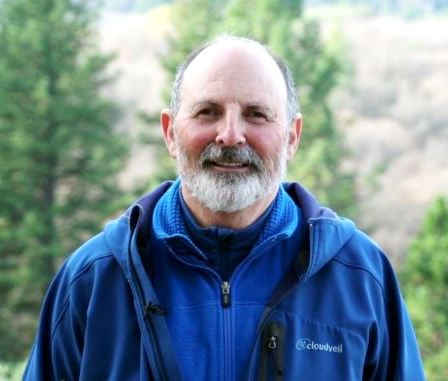 Nayaswami Bharat (Joseph Cornell) has helped people experience inner peace through his meditation and nature awareness work for thirty years. He has written six “Sharing Nature” books that have been published in twenty foreign languages and have “sparked a worldwide revolution in nature education.” Millions of people around the world have enjoyed his joyful and inspiring nature writings and workshops.
Nayaswami Bharat (Joseph Cornell) has helped people experience inner peace through his meditation and nature awareness work for thirty years. He has written six “Sharing Nature” books that have been published in twenty foreign languages and have “sparked a worldwide revolution in nature education.” Millions of people around the world have enjoyed his joyful and inspiring nature writings and workshops.
Bharat is also author of the book, AUM: The Melody of Love. He is a kriyacharya (authorized to give kriya initiation). Bharat and his wife, Nayaswami Anandi, live at Ananda Village. Bharat serves also as the head of the Nayaswami Order.


